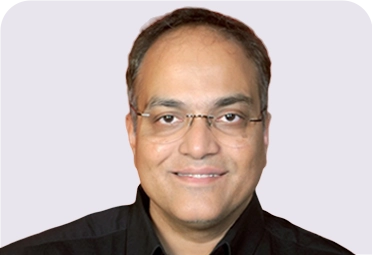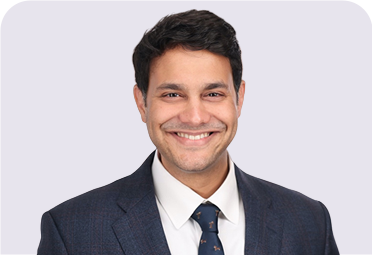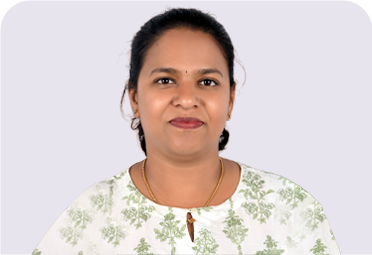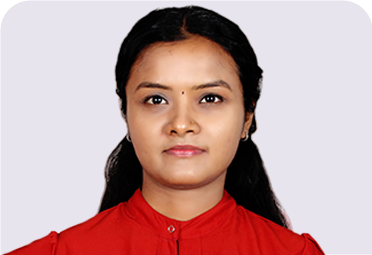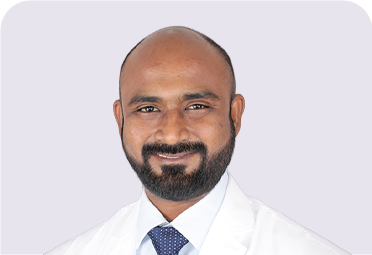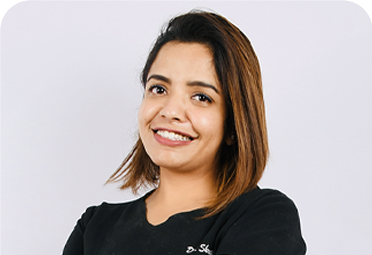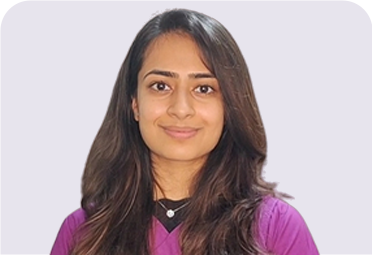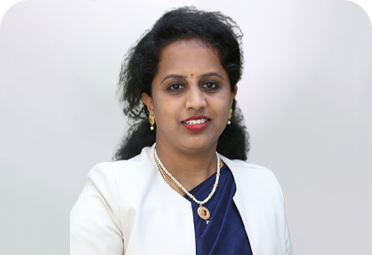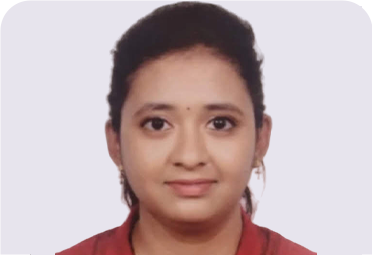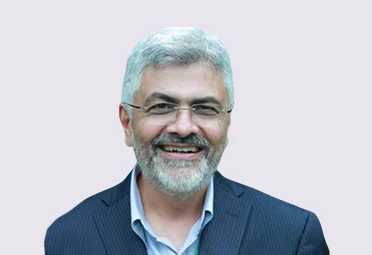
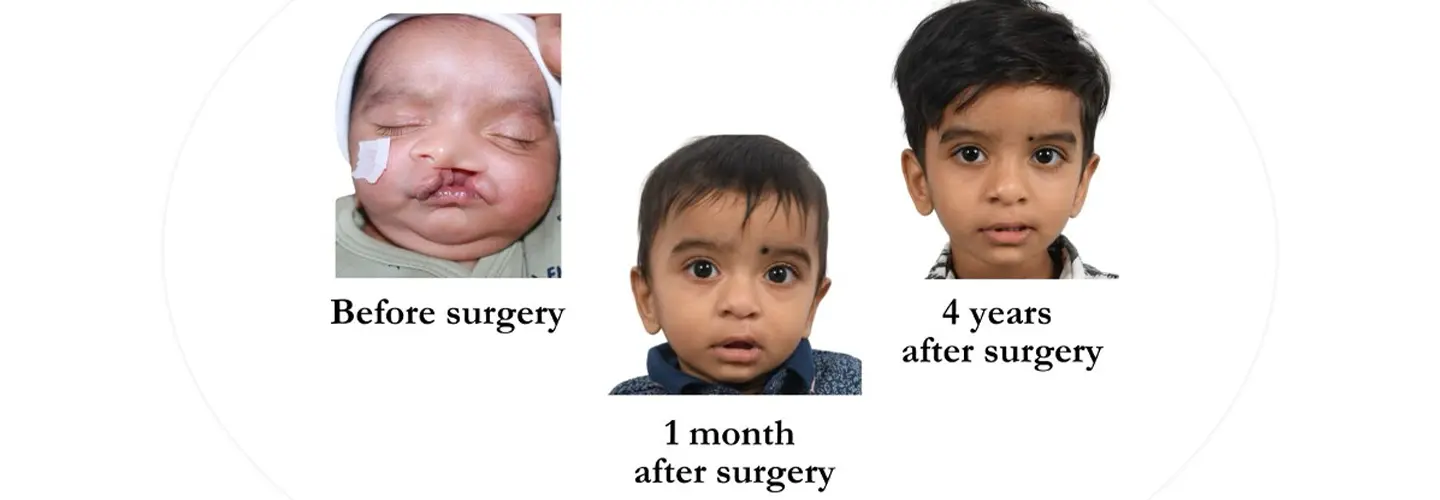

Review Rating
5.0
Cleft Surgery
The multidisciplinary team was formed for individuals with cleft lip and palate and the surgeons have a focused evidence based approach towards managing this facial difference.The timing of operation for children with cleft is based on global standards for optimal outcome and patient safety. The weight of the child and overall health is crucial before operating.
Timing Table:
|
Cleft Lip |
4 – 6 months of age |
|
Cleft Palate |
9 – 12 months of age |
|
Cleft Alveolus (gums) |
9 – 12 years of age |
|
Lip Revision Surgery (if needed) |
|
|
Speech Corrective Surgery (if needed) |
|
|
Jaw Corrective Surgery |
16 years and above |
|
Nose Correction |
16 years and above (can be offered earlier based on concerns) |
Read More
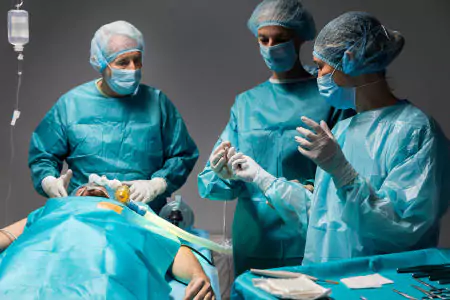
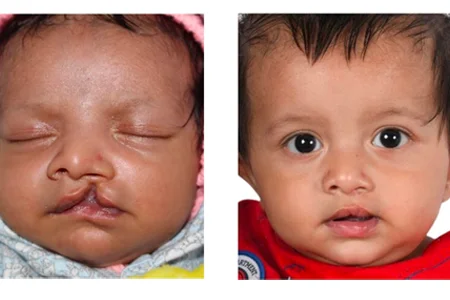
Cleft Lip Surgery
This surgery uses the neighbouring tissues that are rearranged to bring the lip to the best possible position. The surgery is usually sixty minutes long, with an average hospital stay of one day after the surgery. The lips are closed with self-dissolving stitches that do not require removal.
The nose may have a conformer to maintain its shape after the surgery, which will be secured for a week and can later be removed to clean and worn for six months.
We do not find the need to put restraints on the child’s arms and they feed the same way they were before the surgery.
Read MoreCleft Palate Surgery
This Surgery is done to close the roof of the mouth cleft. The palate surgery ensures that the food/liquids do not come out from the nose and, more importantly, that the child has a good chance of having near-normal speech. The surgery is performed using the tissues available on the palate and/or, rarely, the cheeks. The soft palate muscles are reoriented to a position that will help in the child’s speech.
The stitches are self-dissolving, and there is no need to take them out. The patient is kept in the hospital for an average of one or a maximum of two days following the surgery. There is an initial drop in the child’s food intake, but it regularises three days after surgery.
There is no need for additional wound care, and only ensure clear fluids following the palate procedure.
Read More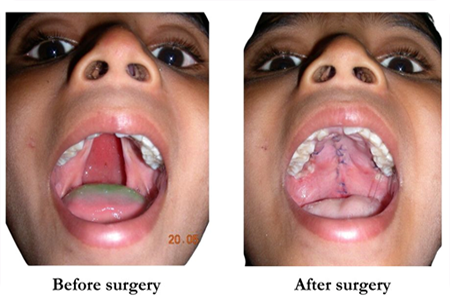
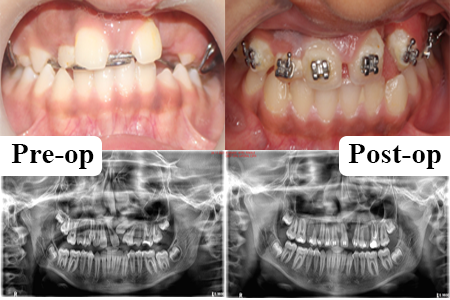
Cleft Alveolus Surgery – (Bone Grafting surgery)
This surgery is performed at 9 – 12 years of age and coincides with the eruption of the upper canine tooth on the side of the cleft. Small bone chips from the patient’s hip bone will be taken from an incision 3-4 cm long, and these will then be packed into the cleft alveolar (gum) gap.
The hip will have a small bandage that is removed a week after surgery, and the stitches are self-dissolving. After the bone grafting procedure, the orthodontist usually prepares the upper teeth to align them better. The child may be asked to restrict running, and strenuous activities should be avoided after the bone grafting procedure for 6-8 weeks.
Read MoreCleft Nose Correction
This surgery helps improve the shape of the nose. This is usually the last surgery in the sequence to help improve the final aesthetics and function of the nose. The surgery is done with a small incision, which is on the columella of the nose, and the rest of the incisions are well hidden.
The average stay in the hospital is a day after the surgery, and the patient is encouraged to wear a conformer to keep the nasal shape for six months.
In some situations, the procedure may require grafts (cartilage) taken from behind the ear or one of the ribs.
Read More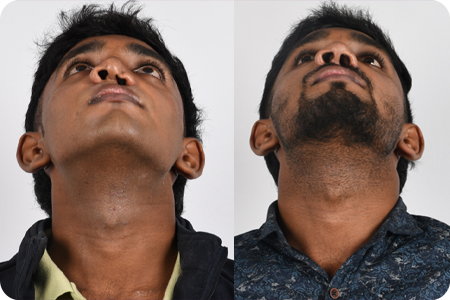
Our Team
“THE PATIENT COMES FIRST" – is our team's motto and every member is committed to ensuring the complete well-being of our patients.
Advice and Resources
The journey of a child with cleft is long drawn and it is natural for parents or patients to have questions regarding the treatment or next stages.
We at Bhagwan Mahaveer Jain Hospital nurture and support an interactive holistic care where patients remain at the apex of our treatment goals, and we ensure they remain well informed throughout.
Please feel free to contact our team.

